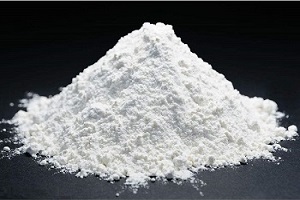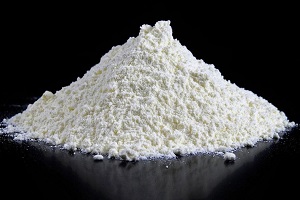- Unit 13,Floor 5h, No 179, Orchid Building, East-Ferdows, Tehran, IRAN
- info@Armaantejarat.com
- 0098912021800

Application of coated calcium carbonate as a filler

Application of coated calcium carbonate as a filler
Coated Calcium Carbonate as a Filler In this text, we are going to examine coated calcium carbonate as a filler. Calcium carbonate accounts for about 65% of the total filler consumption in plastics worldwide, with an annual use of about six million tons. It is also the most widely used filler in terms of the number of applications. The cheapest grades of calcium carbonate are relatively inexpensive and are used primarily to reduce costs. In contrast, the best grades are relatively more expensive and are used to modify various properties of the material, both during processing and in the final composition. The main classification for calcium carbonate powder for filler use is between natural minerals and synthetic precipitated grades. All commercial grades of natural calcium carbonate are based on calcite precipitates, which vary in purity, color, and crystal size. These factors depend on the origin and history of the material, and the pressure and temperature at which it is produced. Gypsum is usually white and consists of small crystals that break apart easily. Marble has large crystals and very white deposits can be found. Limestone is an intermediate form and varies from white to gray or clay, mainly due to iron impurities. The processing of natural calcium carbonates is a dry process that involves drying, crushing, air classification and sometimes surface treatment. In the processing of calcium carbonate, roller mills, ball mills, pin mills and pin mills are used. The classifier controls the particle size. This size can vary in different meshes. It is important to distinguish between particles and crystals. In the surface treatment of natural calcium carbonates, silanes are not able to react with the carbonate surface and titanates are only of limited use to reduce the viscosity in thermosetting resins. Coating of calcium carbonate with stearic acid To obtain coated calcium carbonate, the mined lump is first ground into calcium carbonate powder in processing plants and then large quantities of calcium carbonate powder are coated with stearic acid. This is typically done at high temperatures and with intense mixing, and stearic acid is largely converted to calcium stearate. The resulting product is called coated calcium carbonate or coated calcium carbonate. Such products coated with stearic acid are widely used in thermoplastics and thermosets. The most common use is in PVC compounds (e.g. uPVC, plasticized PVC and PVC plastisols). The reasons for using stearate coating vary from application to application. Coated calcium carbonate as a filler include improved processing characteristics, mechanical properties and electrical properties (due to better resistance to moisture) and reduced absorption of minor additives. Precast calcium carbonates PCC are typically produced from natural calcium carbonate in the following way: Precipitation of CaC03 using carbon dioxide filtration Drying Solution aggregation Precipitation rate control The last step is the main step because the particle size is controlled in this step. Surface treatment, often with stearic acid, is done in the slurry step because it is an efficient route to coating, but because the stearate coating gives more hydrophobicity, the economic dewatering of calcium stearate conversion is typically 100%. The coated calcium carbonate obtained from these steps has found many benefits and applications in various industries as fillers, etc. due to its hydrophobicity. You can contact us to learn about the main features of this product.
Similar Blog


Edible calcium carbonate
Edible Calcium Carbonate: A Comprehensive Guide, Benefits, Uses, Types, and Key Points Calcium carbonate (CaCO3) is one of the most abundant minera...
What is the difference between calcium carbonate and sodium carbonate?
What is the difference between calcium carbonate and sodium carbonate?
Calcium carbonate is a mineral and sodium carbonate is a chemical sub...
Use of calcium carbonate in medicine
Calcium carbonate is a dietary supplement used when the amount of calcium in the diet is not enough. Calcium is needed by the body for healthy bones, ...


